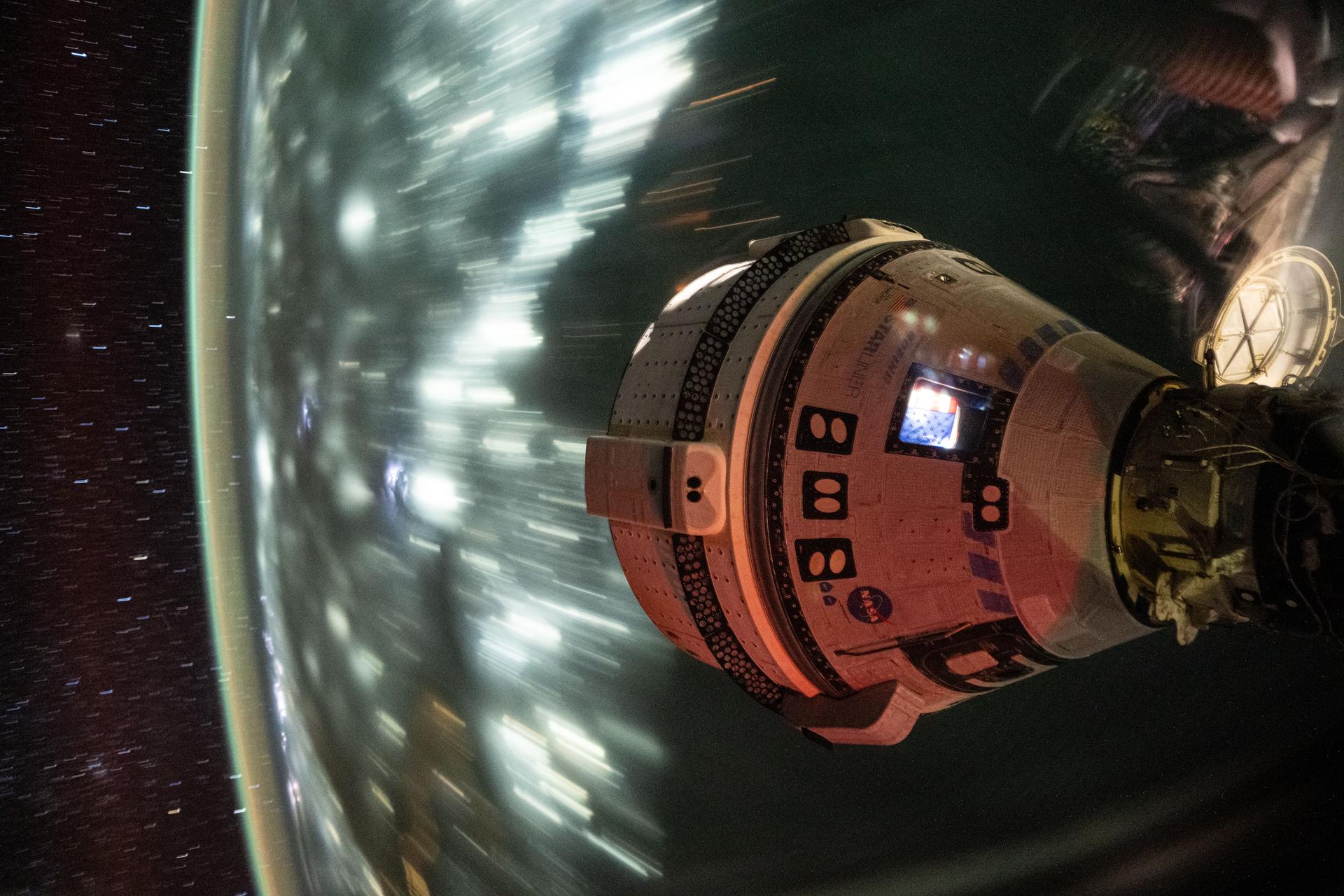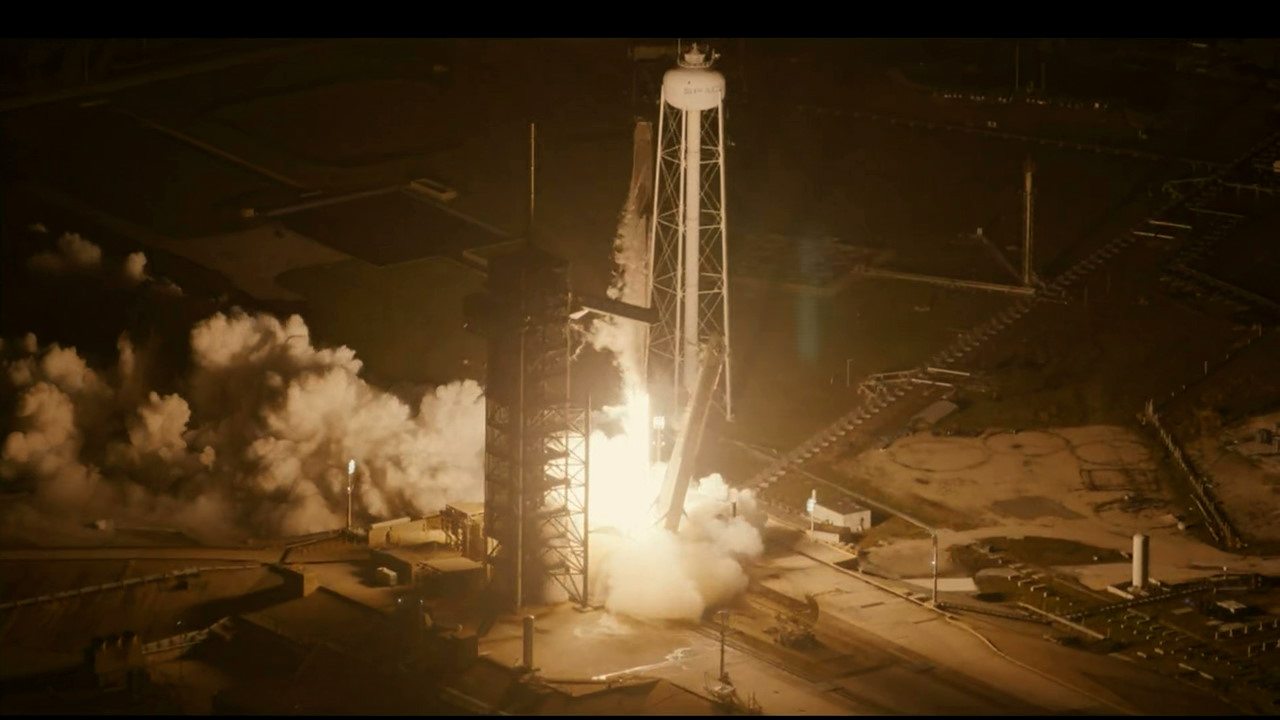
NASA and Boeing engineers are evaluating results from last week’s engine tests at NASA’s White Sands Test Facility in New Mexico as the team works through plans to return the agency’s Boeing Crew Flight Test from the International Space Station in the coming weeks.
Teams completed ground hot fire testing at White Sands and are working to evaluate the test data and inspect the test engine. The ongoing ground analysis is expected to continue throughout the week. Working with a reaction control system thruster built for a future Starliner spacecraft, ground teams fired the engine through similar inflight conditions the spacecraft experienced on the way to the space station. The ground tests also included stress-case firings, and replicated conditions Starliner’s thrusters will experience from undocking to deorbit burn, where the thrusters will fire to slow Starliner’s speed to bring it out of orbit for landing in the southwestern United States. For a detailed overview of the test plans, listen to a replay of a recent media teleconference with NASA and Boeing leadership.
“I am extremely proud of the NASA, Boeing team for their hard work in executing a very complex test series,” said Steve Stich, manager, NASA’s Commercial Crew Program. “We collected an incredible amount of data on the thruster that could help us better understand what is going on in flight. Next, our team has moved into engine tear downs and inspections which will provide additional insight as we analyze the results and evaluate next steps.”
Integrated ground teams also are preparing for an in-depth Agency Flight Test Readiness Review, which will evaluate data related to the spacecraft’s propulsion system performance before its return to Earth. The date of the agency review has not yet been solidified.
NASA and Boeing leadership plan to discuss the testing and analysis work in detail during a media briefing next week. More information on the briefing will be made available soon.
While testing and analysis are happening on Earth, NASA astronauts Butch Wilmore, Starliner mission commander, and Suni Williams, mission pilot, are working alongside the Expedition 71 crew. The two participated in vein scans using the Ultrasound 2 device on Monday. Doctors on the ground monitored in real-time as the pair took turns imaging each other’s neck, shoulder, and leg veins. Afterward, Wilmore scanned the veins of fellow NASA astronaut Matthew Dominick, helping researchers understand how microgravity affects the human body.
Wilmore and Dominick also spent a portion of the day taking inventory of the food stored aboard the space station. Williams worked on a pair of studies, first exploring the use of microgravity to manufacture higher-quality optical fibers than on Earth. Williams also investigated using fluid physics, such as surface tension, to overcome the lack of gravity when watering and nourishing plants grown in space.
Follow the commercial crew blog, @commercial_crew on X, and commercial crew on Facebook for the latest mission updates.





